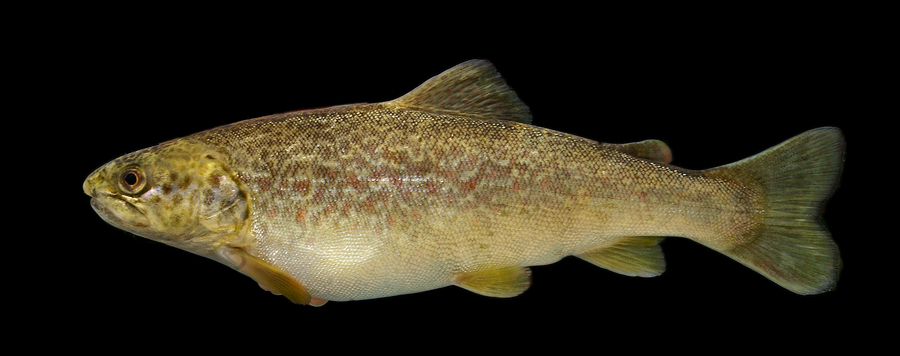
A Genomic Perspective on an Old Question: Salmo trouts or Salmo trutta?
There are particular challenges in defining the taxonomic status of recently radiated groups due to the low level of phylogenetic signal. Members of the Salmo trutta species-complex, which mostly evolved during and following the Pleistocene, show high morphological and ecological diversity that, along with their very wide geographic distribution, have led to morphological description of 47 extant nominal species. However, many of these species have not been supported by previous phylogenetic studies, which could be partly due to lack of significant genetic differences among them, the limited resolution offered by molecular methods previously used, as well as the often local scale of these studies. The development of next-generation sequencing (NGS) and related analytical tools have enhanced our ability to address such challenging questions. In this study, Genotyping-by-Sequencing (GBS) of 15,169 filtered SNPs and mitochondrial DNA (mtDNA) D-loop sequences were combined to assess the phylogenetic relationships among 166 brown trouts representing 21 described species and three undescribed groups collected from 84 localities throughout their natural distribution in Europe, west Asia, and North Africa. The data were analysed using different clustering algorithms (admixture and principal components analyses -PCA), a Bayes Factor Delimitation (BFD) test, species tree reconstruction, gene flow tests (three- and four-population tests), and Rogue taxa identification tests. Genomic contributions of the Atlantic lineage brown trout were found in all major sea basins excluding the North African and Aral Sea basins, suggesting introgressive hybridization of native brown trouts driven by stocking using strains of the Atlantic lineage. After removing the phylogenetic noise caused by the Atlantic brown trout, admixture clusters and PCA clustering based on GBS data, respectively, resolved 11 and 13 clusters among the previously described brown trout species, which were also supported by BFD test results. Our results suggest that natural hybridization between different brown trout lineages has probably played an important role in the origin of several of the putative species, including S. marmoratus, S. carpio, S. farioides, S. pellegrini, S. caspius (in the Kura River drainage) and Salmo sp. in the Danube River basin. Overall, our results support a multi-species taxonomy for brown trouts. They also resolve some species in the Adriatic-Mediterranean and Black Sea drainages as members of very closely related genomic clusters that may need taxonomic revision. However, any final conclusions pertaining to the taxonomy of the brown trout complex should be based on an integrative approach combining genomic, morphological, and ecological data. To avoid challenges in taxonomy and conservation of species complexes like brown trouts, it is suggested to describe species based on genomic clusters of populations instead of describing species based only on morphologically differentiated single type populations.





